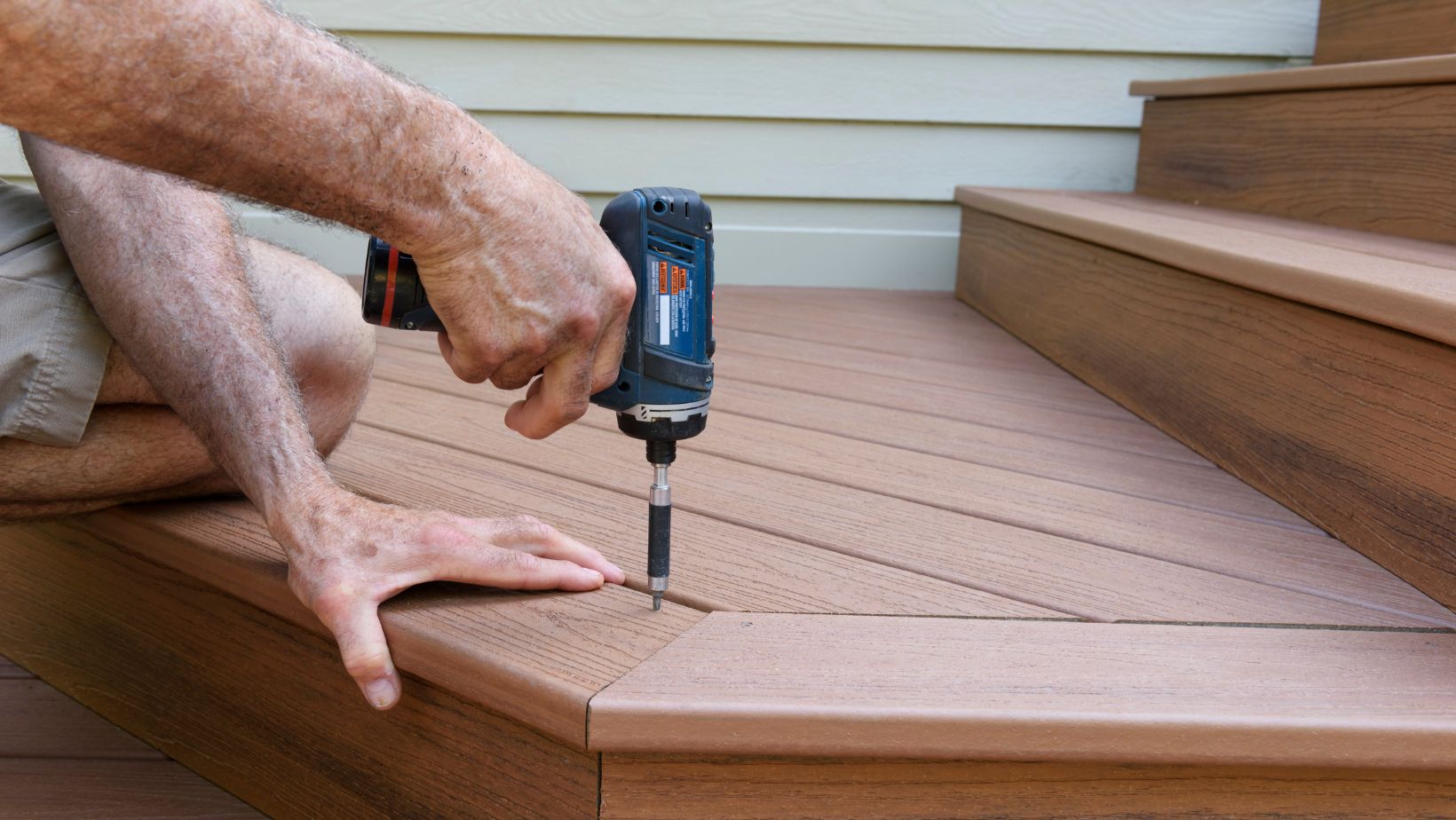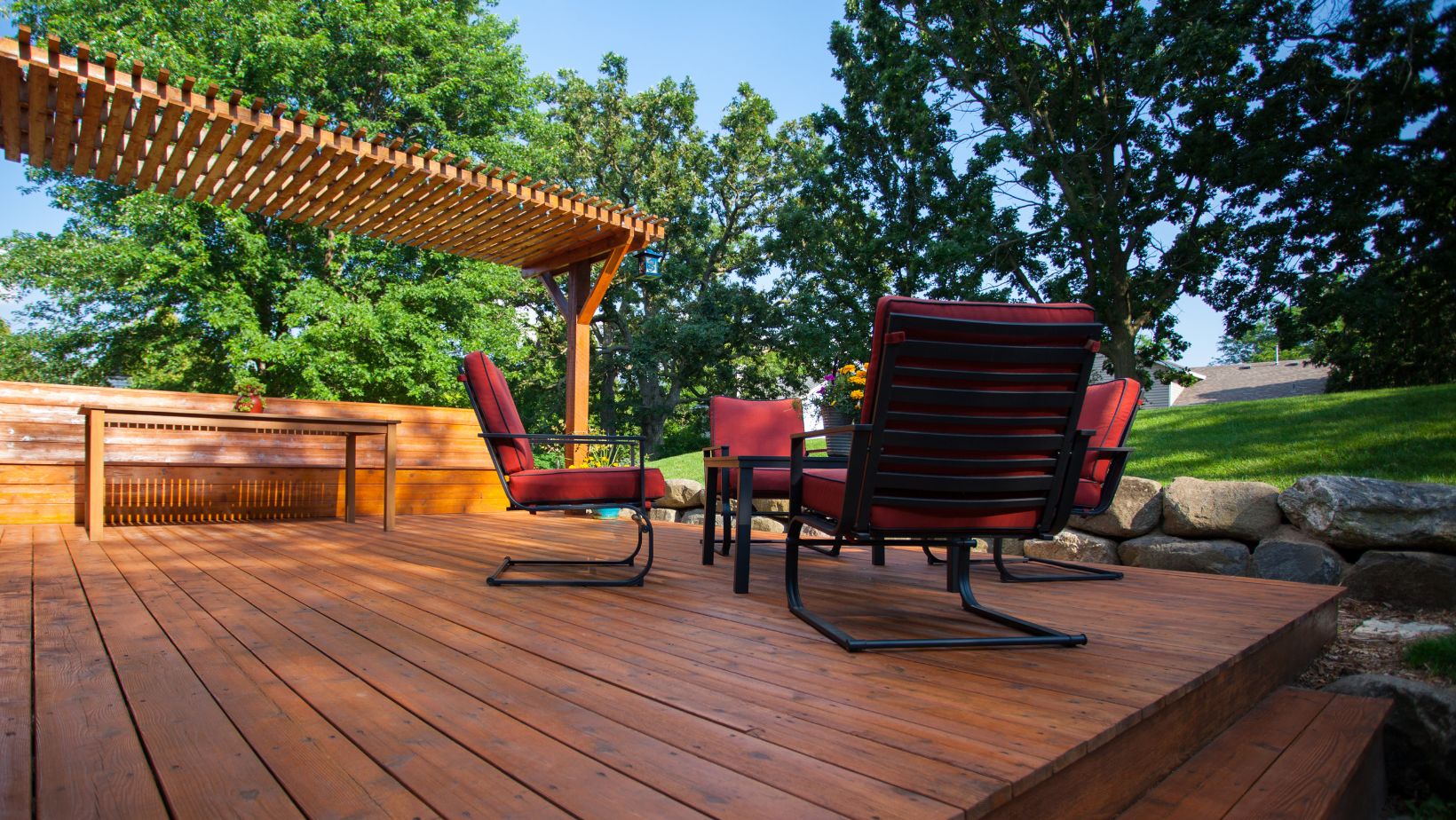
Is Your Decking Putting You at Risk? Here Are 5 Critical Safety Checks
A well-designed deck can completely transform an outdoor space, especially if done correctly.
They’re great for the kids, guests, and yourselves, but only if they’re completely safe. There are quite a few hidden risks that come from deckings, which many homeowners in the UK overlook, especially timber decking, which is more vulnerable to weathering, rot, and poor construction.
Timber remains the go-to choice for many due to its natural look and affordability. The downside? If not properly installed and maintained, timber decking can develop serious safety hazards.
If you already have decking—or are considering a new installation—these five key risks could be putting you in danger. Here’s what to check for.
Water Damage and Rot from Poor Flashing and Materials
The UK’s wet climate and frequent rainfall make timber decking especially prone to water damage and rot.
Over time, moisture seeps into the wood, leading to soft spots, warping, and structural weakness.
One of the biggest culprits is poor flashing—the protective barrier that prevents water from getting between the deck and the house.
Without proper flashing tape or a damp-proof course (DPC), water can penetrate the ledger board and even cause rot inside your home’s wall structure.
When inspecting your decking, check for blackened wood, soft or splintering boards, and moss or fungal growth, particularly near attachment points. If the timber feels spongy or crumbles under pressure, it’s time to replace the affected sections.
Unsafe or Weak Railings
Weak railings are disasters waiting to happen. A deck should be a safe and secure space, but weak or improperly fitted railings pose a serious fall hazard—especially on raised decks or sloped gardens.
UK building regulations require balustrades to be at least 900mm high for decks under 600mm and 1,100mm for anything higher, yet many older or DIY decks fail to meet this standard.
One common issue is surface-mounted railings, where posts are simply screwed into the decking boards instead of being anchored into the deck’s structural frame.

Over time, weather exposure and general use can cause these to loosen or detach completely.
It’s incredibly easy to check for these issues by just applying pressure to the handrails—if they wobble, lean, or feel unstable, the posts may need reinforcing with tension connectors or by being bolted into the mainframe.
Lack of Joist Hangers and Improper Fastening
Deck joists are the structural framework that supports the decking boards, but poor fastening can cause them to weaken, warp, or detach.
Galvanized or stainless-steel joist hangers are the best solution for securing joists to the main framework, yet some older decks rely on nails alone, which can loosen over time due to expansion and contraction from temperature changes.
If you notice joists pulling away from the frame or sagging in the middle, this could indicate insufficient support.
Joist spacing should be no more than 400mm apart for strength—wider gaps can cause decking boards to feel bouncy or unstable underfoot.
Weak or Improperly Installed Support Posts
Support posts are the foundation of your decking, and if they aren’t installed correctly, the entire structure can sink, shift, or collapse.
UK regulations require posts to be set in concrete footings at least 150mm above ground level to prevent rot, yet some decks have posts simply buried in soil—not good.
They have to be no more than 1.8m apart for standard timber decking, but some DIY builds cut corners with wider gaps, putting excessive strain on the joists. If your deck feels uneven or wobbly, check that posts are securely fastened with post shoes or anchor brackets and not leaning or shifting in the ground.
Ledger Separation from the House
The ledger board is what attaches the structure to the house. If improperly secured, it can lead to complete deck failure, particularly in raised installations.

It should be bolted through the brickwork into the house’s floor joists using expansion bolts. Another problem is the lack of a secondary support system, meaning the deck is relying solely on the ledger to bear weight.
If you notice gaps forming between the deck and the house, sagging, or movement when stepping onto the deck, this could indicate ledger failure.
Time to Start Sourcing Some New Decking Supplies?
If your decking is showing signs of rot, instability, or poor construction, it might be time to upgrade with some new materials.
When sourcing timber decking supplies, look for pressure-treated or hardwood options that offer better resistance to moisture and decay.
Galvanized joist hangers, tension connectors, and proper fixings are much better for the long term.
While DIY decking may seem tempting, getting regulated professionals to handle the installation can save you from costly mistakes and safety risks—likely why you’re here in the first place. Certified tradespeople will ensure your deck meets UK building regulations. For more home improvement tips, click here.




